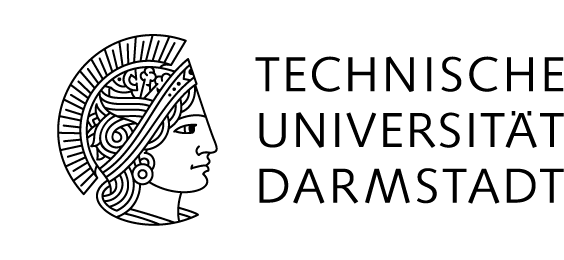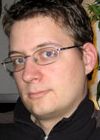Context
Wireless sensor networks (WSNs) consist of hundreds or thousands of low-power nodes that form dynamic ad-hoc multi-hop networks. The desired behavior of WSNs have to be achieved by local algorithms running on each sensor node with very limited knowledge about the whole sensor network. A central theme of past and current research is the improvement of the robustness and resource utilization of such algorithms. Both robustness and efficiency are important and often conflicting optimization goals under the dynamic behavior and resource constraints of the proposed WSNs.
Approach
We look at WSNs from a slightly different angle. In many commercial deployments of WSNs the energy consumption and thus the unattended lifetime of sensor nodes may not be the dominating cost, but only one aspect contributing to the total cost of a WSN. Other cost factors include the development of WSN applications, maintenance and the return-of-investment (ROI). ROI does not only depends on the lifetime of sensor nodes, but also on the “usefulness” of a WSN. Considering this, the focus shifts from energy efficient special-purposeWSN solutions towards cost efficient flexible and modular multi-purpose WSN infrastructures. A similar transition can be found in the area of wired sensor and actuator networks such as field busses in cars, buildings or plants, where multiple independent applications are using the same infrastructure today.
An important building block for the implementation of multi-purpose WSNs is the separation of different tasks both at node and networking level. There are multiple solutions for multitasking-like functionality at node level, e.g., query engines capable of executing multiple concurrent queries, the Maté virtual machine developed at Berkeley, or the SOS operating system.
In order to avoid resource conflicts between concurrent applications and to use large scale WSN installations efficiently it is necessary to delimit the scope of each application to the subset of relevant nodes. Mechanisms are required for the selection and discovery of these groups of nodes. Changes of group membership and connectivity due to various changes in the WSN have to be handled. We have introduced scoping as a middleware building block and abstraction layer for these tasks. This builds on earlier work (for large scale publish/subscribe systems) where similar problems arise. Here we describe a modular architecture that utilizes scoping in order to meet the requirements of multi-purpose WSNs.
Usage
Scopes are created declaratively using a special syntax. The language constructs are described in detail here.Publications
|
Towards Declarative Query Scoping in Sensor Networks Daniel Jacobi, Pablo Ezequiel Guerrero, Khalid Nawaz, Christian Seeger, Arthur Herzog, Kristof Van Laerhoven, Ilia Petrov In Kai Sachs, Ilia Petrov, Pablo Guerrero: From Active Data Management to Event-Based Systems and More, Lecture Notes in Computer Science 6462, ISBN 978-3-642-17225-0, Springer, November 2010 [PDF] [BibTeX] |
|
Distributed Network Structuring with Scopes Daniel Jacobi, Pablo E. Guerrero, Ilia Petrov, Alejandro Buchmann October 2009 [PDF] [BibTeX] |
|
Structuring Sensor Networks with Scopes Daniel Jacobi, Pablo E. Guerrero, Ilia Petrov, Alejandro Buchmann 3rd IEEE European Conference on Smart Sensing and Context (EuroSSC), IEEE Communications Society, Zurich, Switzerland, October 2008 [PDF] [BibTeX] |
|
Towards Multi-Purpose Wireless Sensor Networks Jan Steffan, Ludger Fiege, Mariano Cilia, Alejandro Buchmann International Conference on Sensor Networks (SENET'05), IEEE, Montreal, Canada, August 2005. [Conference] [PDF] |
|
Scoping für Drahtlose Sensornetze Jan Steffan, Ludger Fiege, Mariano Cilia, Alejandro Buchmann GI-Fachgespraech Sensornetze, Zürich, Switzerland, Springer, March 2005 [Conference] [PDF] [BibTeX] |
|
Scoping in Wireless Sensor Networks Jan Steffan, Ludger Fiege, Mariano Cilia, Alejandro Buchmann 2nd International Workshop on Middleware for Pervasive and Ad-Hoc Computing (MPAC'04), ACM, Toronto, Canada, October 2004 [Conference] [PDF] |
Last updated 21-Dec-2011





 Print
Print Contact
Contact Legal note
Legal note Search
Search